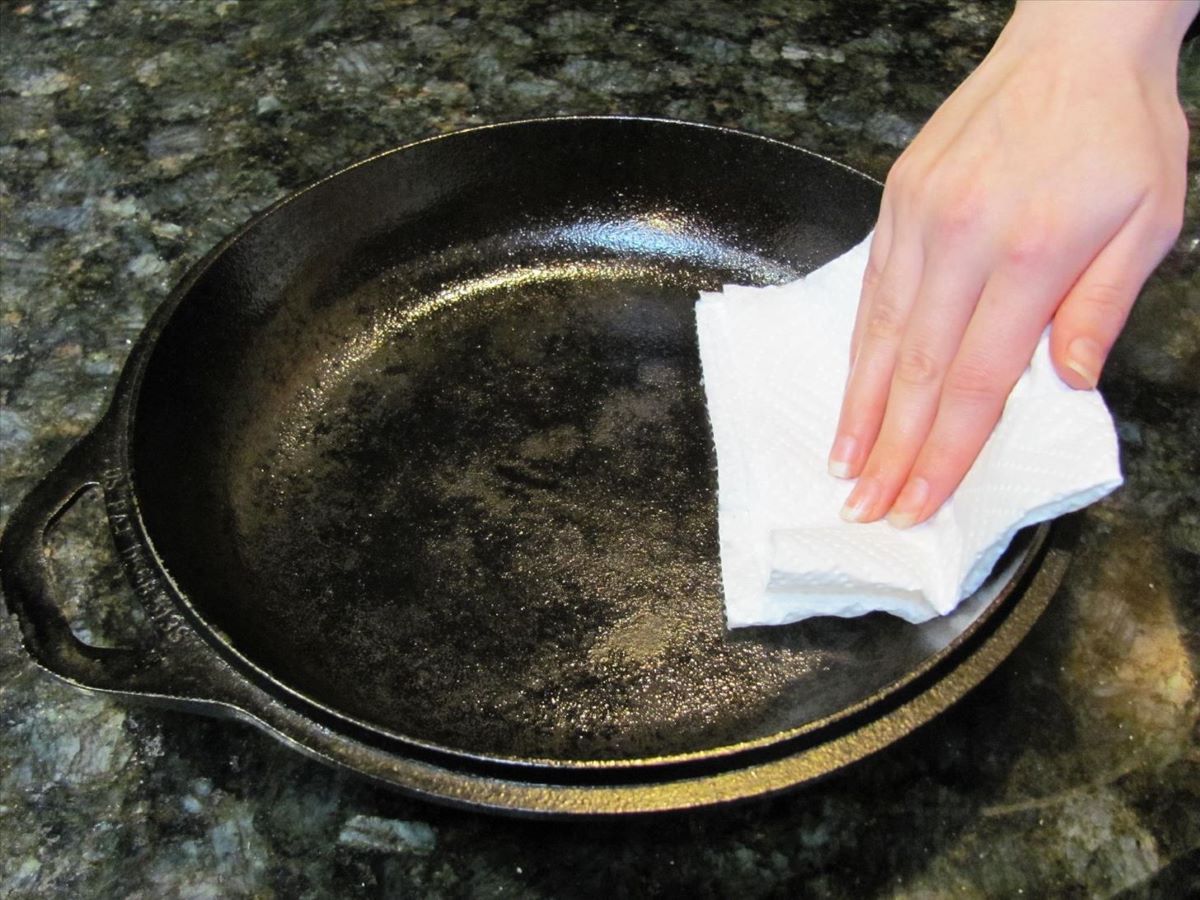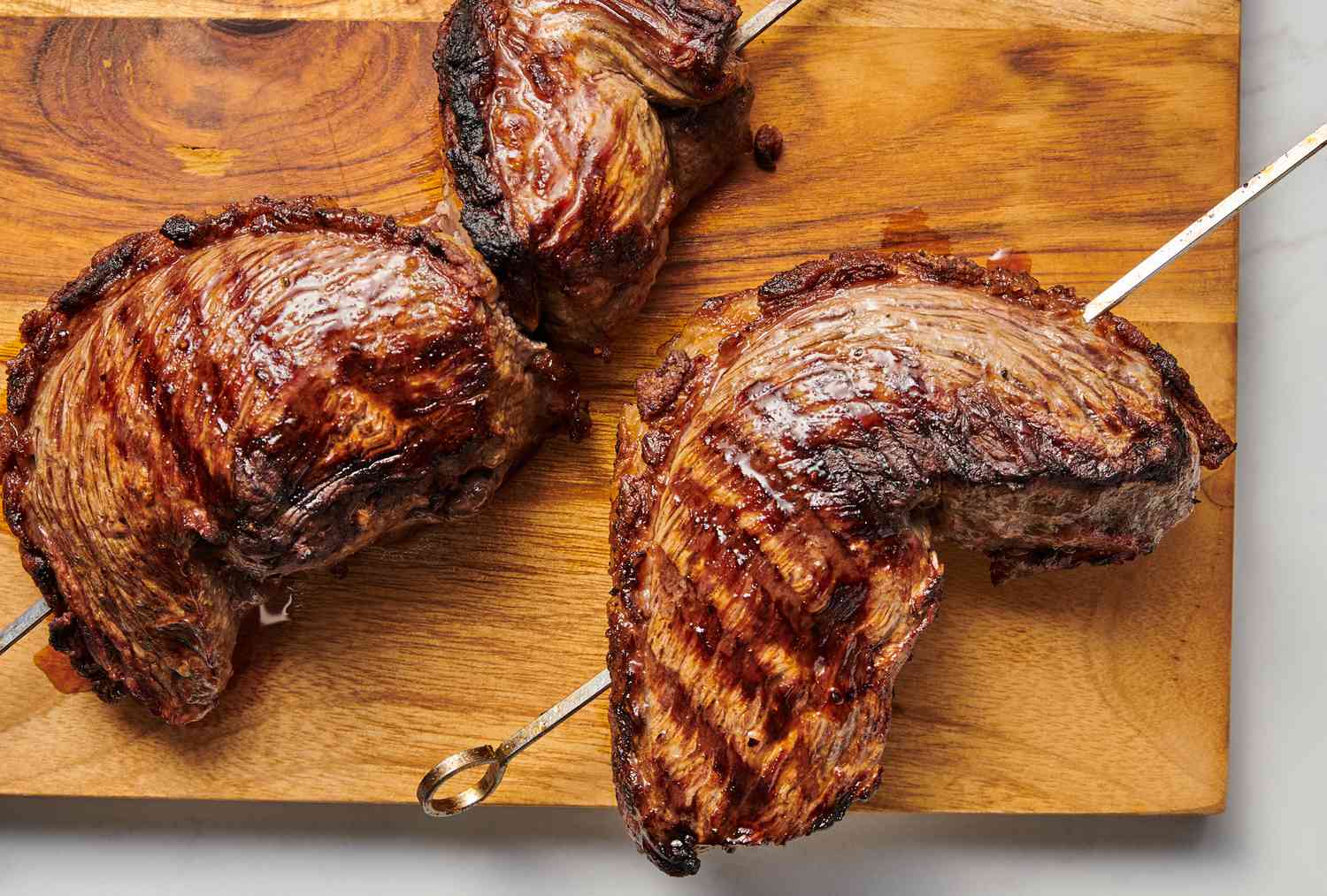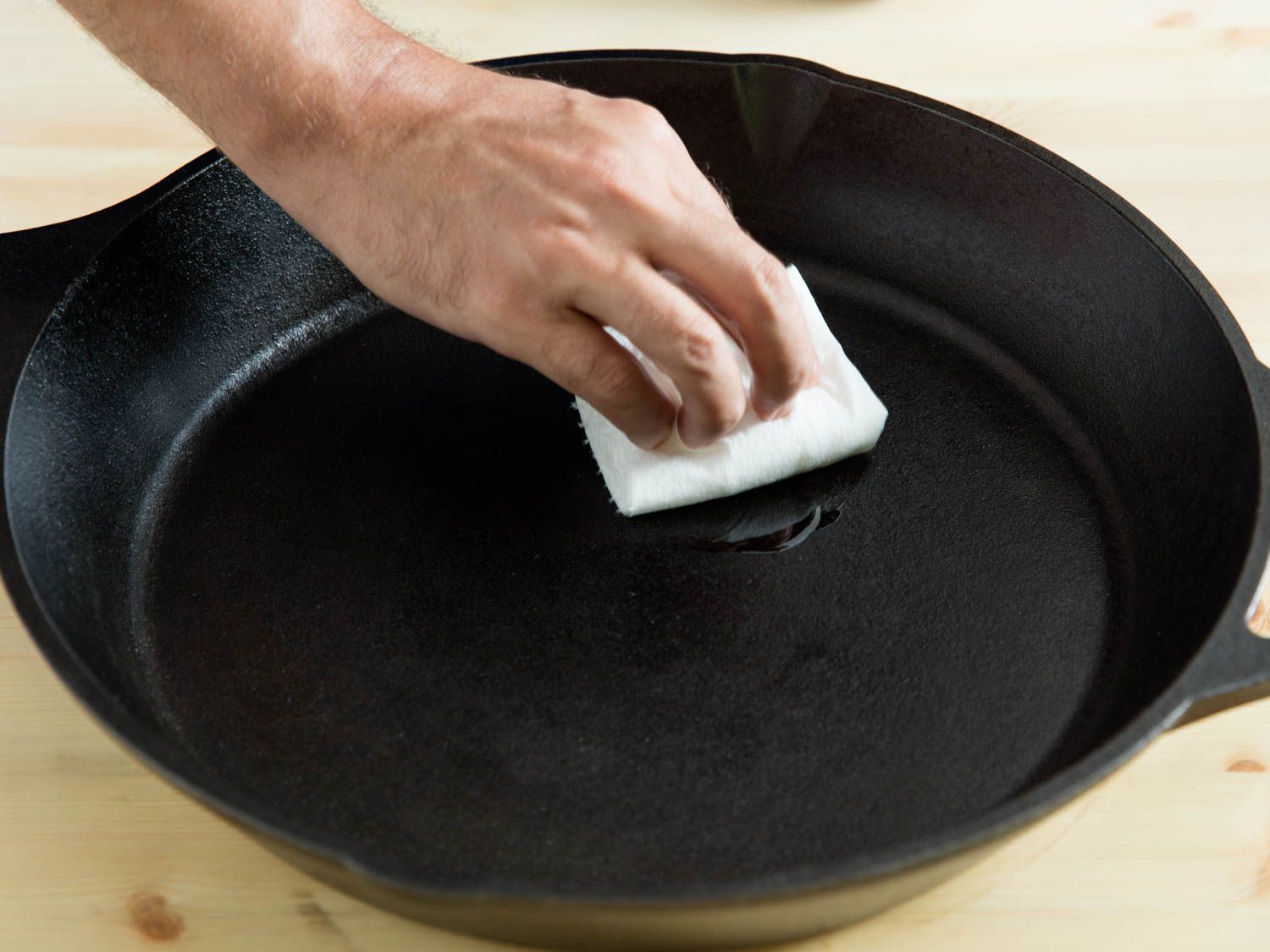Enhance the Flavor of Your Seaweed Salad
Seaweed salad is a delicious and nutritious dish that can be enjoyed as a side or a main course. Whether you’re a fan of Japanese cuisine or simply looking to add more variety to your diet, learning how to season seaweed salad can take your culinary skills to the next level. Here are some tips to help you enhance the flavor of your seaweed salad:
Choose the Right Type of Seaweed
Before you begin seasoning your seaweed salad, it’s important to choose the right type of seaweed. Wakame and kombu are popular choices for seaweed salad due to their tender texture and mild flavor. Make sure to rehydrate the seaweed according to the package instructions before using it in your salad.
Balance the Flavors
When it comes to seasoning seaweed salad, balance is key. The natural brininess of seaweed pairs well with a combination of sweet, salty, and acidic flavors. Consider incorporating the following ingredients to achieve a well-balanced flavor profile:
- Soy Sauce: Adds a savory, umami-rich flavor
- Rice Vinegar: Provides a tangy and slightly sweet taste
- Sesame Oil: Imparts a nutty aroma and rich flavor
- Mirin: Offers a touch of sweetness
- Sesame Seeds: Adds a subtle crunch and nutty flavor
Experiment with Aromatics and Herbs
Enhance the overall taste of your seaweed salad by incorporating aromatics and herbs. Minced ginger and garlic can add depth to the flavor profile, while chopped scallions or cilantro can contribute a fresh, herbaceous note. Feel free to adjust the quantities of these ingredients based on your personal preference.
Add a Hint of Heat
If you enjoy a bit of heat in your dishes, consider adding a touch of chili flakes or sriracha to your seaweed salad. The subtle spiciness can elevate the overall flavor and provide a pleasant contrast to the other seasonings.
Let the Flavors Marinate
After seasoning your seaweed salad, allow it to marinate for at least 30 minutes in the refrigerator. This will give the flavors time to meld together, resulting in a more cohesive and enjoyable eating experience. Be sure to give the salad a gentle toss before serving to ensure that the seasonings are evenly distributed.
Conclusion
Learning how to season seaweed salad allows you to create a dish that is bursting with flavor and complexity. By carefully balancing the flavors, incorporating aromatics and herbs, and adding a hint of heat, you can take your seaweed salad to new heights. Whether you enjoy it as a light lunch or a refreshing side dish, a well-seasoned seaweed salad is sure to impress your taste buds.
Was this page helpful?
Read Next: How To Season Peas And Carrots











